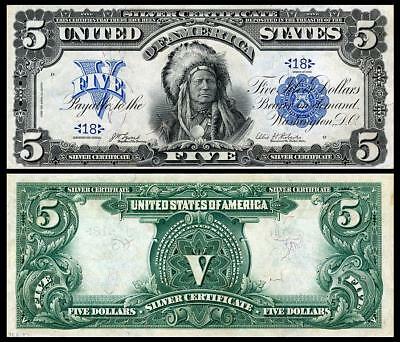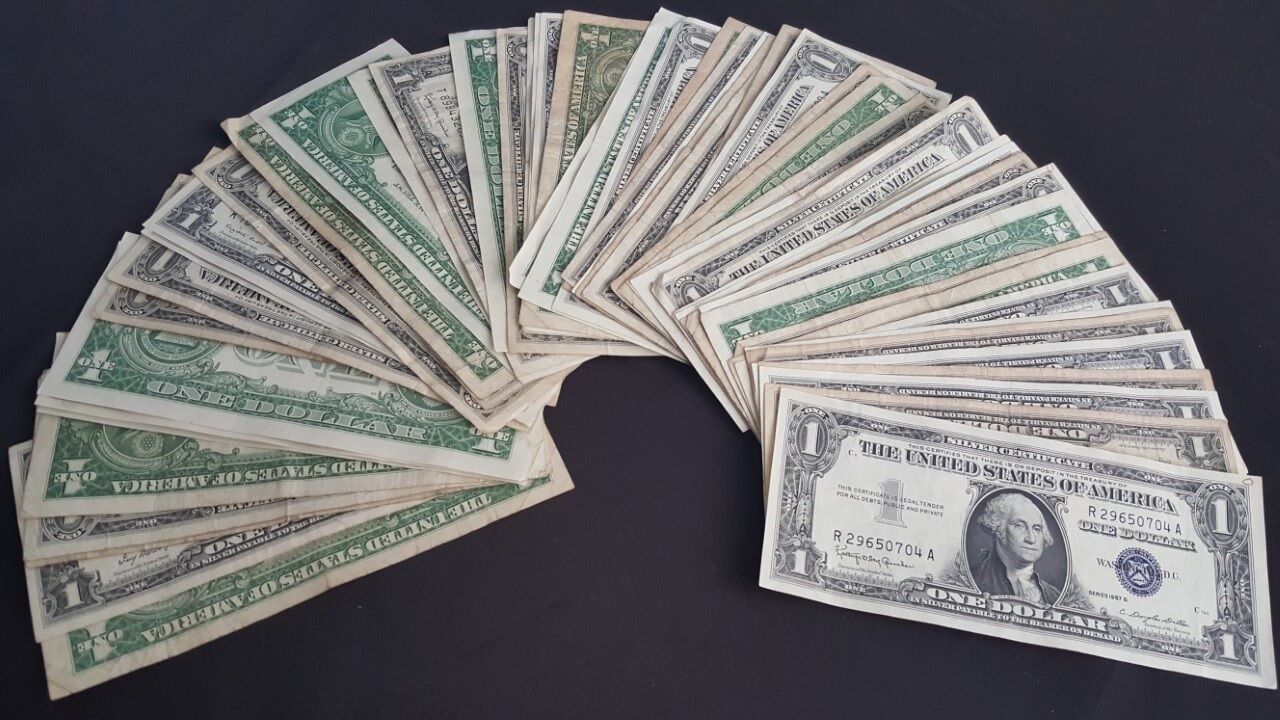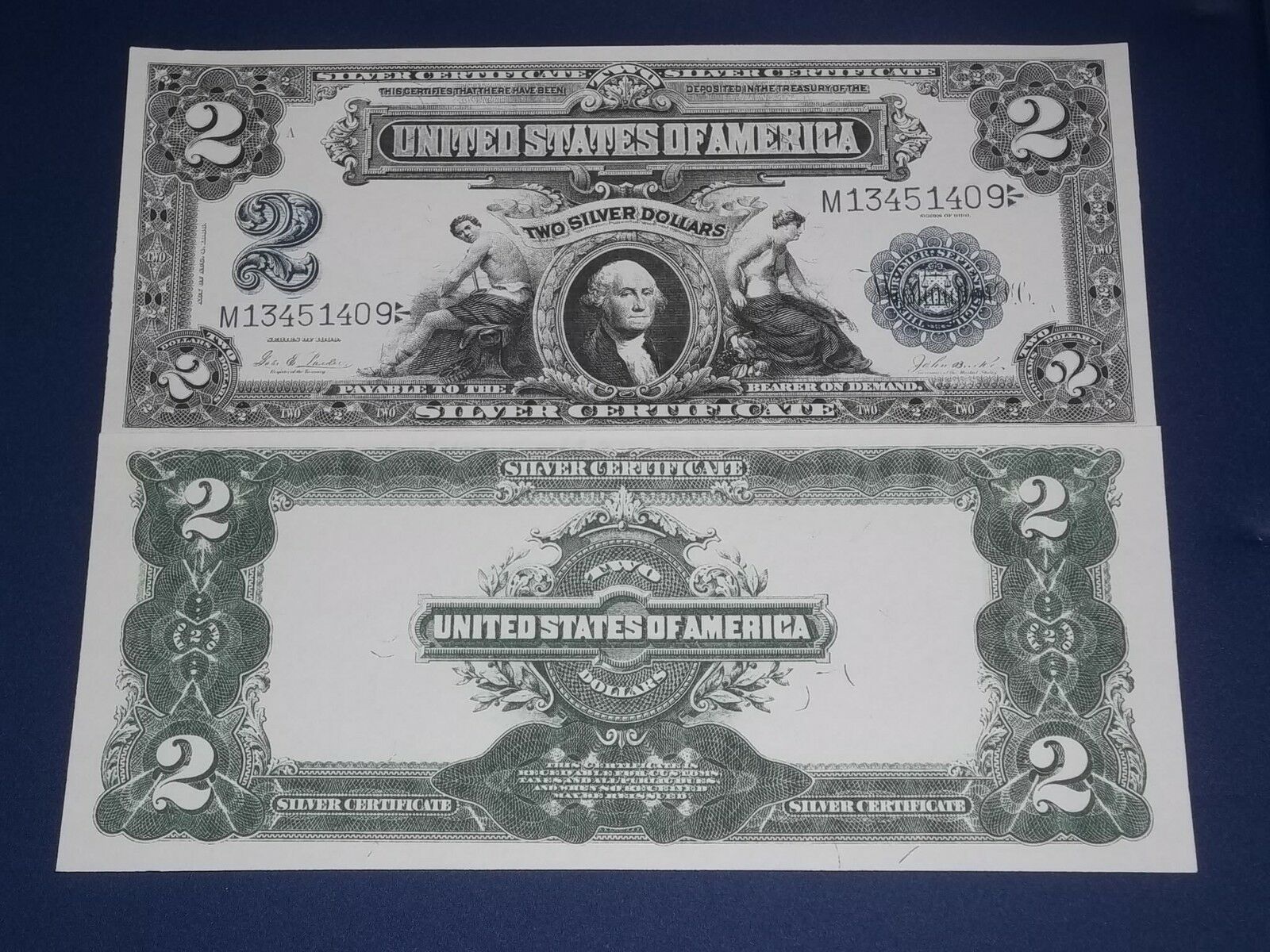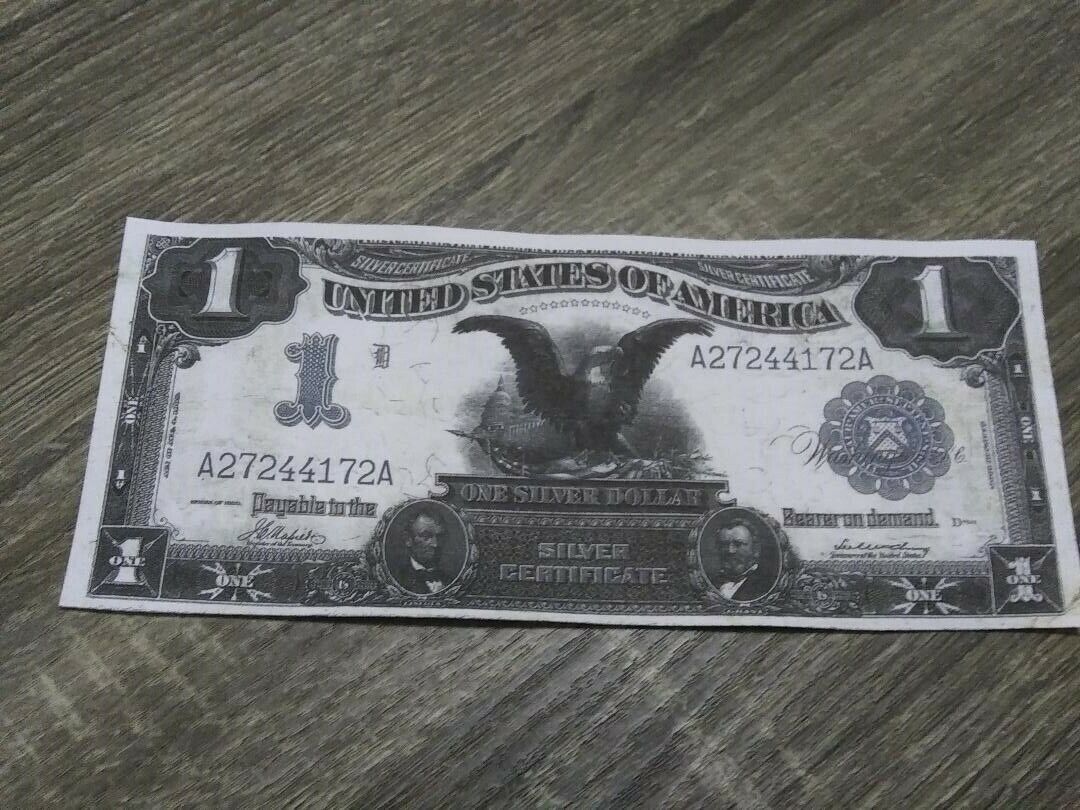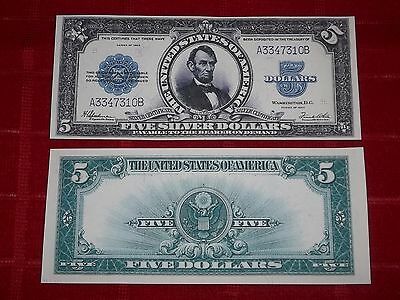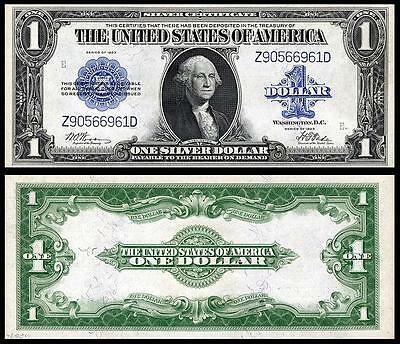-40%
929 THE NATIONAL BANK OF DECATUR, IL NATIONAL CURRENCY CH. #4920
$ 124.08
- Description
- Size Guide
Description
This is a TYPE 1 Brown seal national noteOverview: Between 1863 and 1935 all 50 states and even Puerto Rico issued national bank notes. Any bank that had a national charter had the option of depositing bonds with the federal government. The bonds would then act as collateral for the bank to issue its own bank notes with the bank’s name, town, and officer’s signatures featured on the face of the note. The money was printed in Washington DC at the Bureau of Engraving and Printing. This money was good all across the country and is still legal tender today. More than 12,000 national banks issued bank notes
1929 Brown Seal National Bank Notes with Brown Seals:
-have a bold black number written vertically on the right and left hand side of each bill
-have a serial number that begins with a letter, has six numbers, and may or may not end with A
-have a title on the left hand side of the bill that has the words “national bank” in it
About Uncirculated (50-58)
Usual Characteristics: at most two light folds, corner folds, rough handling, minor noticeable flaw
About uncirculated notes run the gamut from two very light folds on the low end, to a flaw so minor that it may barely be noticeable on the high end. In reality AU notes will likely not have seen any real time in circulation. Most flaws will be from poor storage or handling over many years. An AU note should be all about eye appeal. One can generally enjoy a full bodied AU even margined note for less than half the cost of its gem counterpart.
Choice Uncirculated – (64-65)
Usual Characteristics: no folds, less than perfect centering, counting mark or smudge, corner tip fold
Choice uncirculated notes will have no folds that run into the design. They may possess a small corner tip fold. For an otherwise perfect note to get a 63 or 64 it will have centering problems, meaning the margins are lopsided. A choice uncirculated note could also suffer from counting marks, smudges, or rough handling, all of which are explained below.






